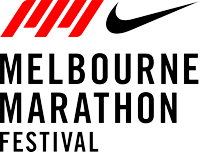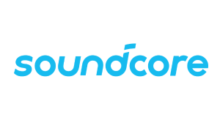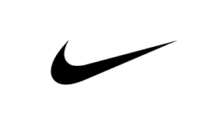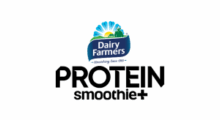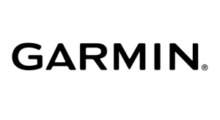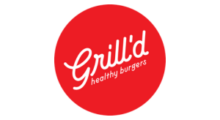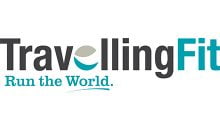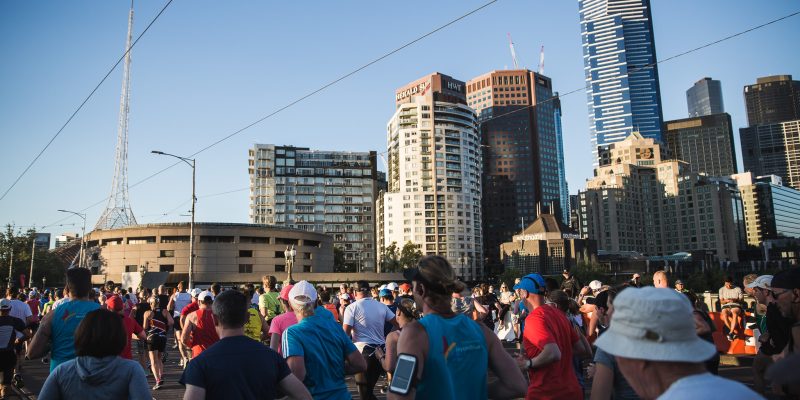
With the Melbourne Marathon only 4 months away you might be starting to ask yourself what distance should (or can) I do this year? Whether this is the first year you’re thinking of tackling the event or you’re a seasoned veteran of the Melbourne Marathon Festival; every year brings new challenges or motivations.
This short guide will aim to give you some helpful tips to help make your decision easier when it comes time to picking one of the five distances and signing up.

3km Walk
The 3km Walk is the event for everyone no matter how young or old and is the perfect event to introduce newcomers to a big running set up like the Melbourne Marathon Festival that will not leave them feeling overwhelmed or like they don’t belong.
A great distance for the entire family to participate in together or people who are looking for some new sights for their usual Sunday morning walk. The highlight of the event is getting to finish on the hallowed turf of the MCG and collecting your finishers medal.
The event is a walking only event as the name suggests so if you feel the need for speed you might like to look at the 5km race and beyond.

5km Run
In the 5km race you’ll find everyone from people running their first ever race to those racing the clock trying to get their PB down to 20 minutes and under. If it’s your first time racing this event is perfect to line up with a couch to 5km style running program with the event serving as both motivation throughout the program and a fantastic reward to top it off, and don’t be worried if you need to take a little walk throughout there will be plenty of others catching their breath alongside you!
Maybe you’ve been running for a few months now and want to test your new-found fitness against the clock or your friends? The 5km race provides the perfect opportunity to let those legs loose and push your limits without the need to train endlessly throughout the lead up to the event.
ASICS 10km Run
So, you’ve run a couple of 5km events now and feel like you need a new challenge or maybe you have never completed a race before but are feeling confident and want to push yourself right from the get go? The double digits of the 10km race certainly have a nice ring to them all of a sudden. Whether the 10km distance is your end goal or if it’s just another stepping stone to long distance running it has a great appeal to runners of all abilities.
The 10km race is still an event that many people will find achievable without the need to completely change their lifestyle around their training, although you definitely want to tackle this event with some training under your belt. If you have been running 5km without stopping or running it with relative ease while being able to hold a conversation then the 10km should be in your sights this year.

SriLankan Airlines Half Marathon (21.1km)
The Half Marathon is where things start to get really serious! Most people will begin to follow training plans to ensure they are getting the KMs in their legs leading up to the events, they might start blocking out a morning on their weekend to get that long run in each week and they may even consider introducing different nutritional strategies into the planning whether it be pre, during or post runs. If you’re up a for challenge and think you can squeeze in the additional training required the Half Marathon will be right up your alley.
Most 10-14 week running programs for a half marathon will begin with 3 runs per week of around 5km so ideally you would already be running those distances consistently to ensure you do not increase your running load too quickly and risk injury.
Marathon (42.2km)
The BIG one! If you’re an experienced runner with a couple of half marathons under your belt or you’ve always had the urge to challenge yourself mentally and physically the Marathon is for you. This event is no walk in the park (even when it winds around the lake at Albert Park) so be prepared to commit some serious time and sweat in the lead up to this distance.
Training programs for a full Marathon will have you running around 70+kms per week at their peak so this is something to be tackled only when you can give the training the time and respect it deserves otherwise “the wall” will hit you hard and early on race day.
What shoes should you wear?
To ensure the best results with your chosen event, be sure to visit Active Feet as soon as you can (at least 6 weeks prior to the event day) to receive the best technical footwear fitting service and advice, based on your activity and biomechanical needs.
Everyones requirements are as unique as their fingerprints so the footwear recommendation can and will change from one person to the next.
The Walk
With an entry level event like the 3km walk, comfort is the number one factor and a plush, high level cushioning running shoe is a great choice. These can be the same shoes you wear for the gym or your regular exercise. The important thing to note is that they are comfortable, well fitting and supportive. That way you can simply enjoy the walk!
ASICS GT-2000, Brooks Glycerin, Hoka One One Bondi
The 5km & 10km Run
With an intermediate level event like the 5km or 10km run, comfort is again the number one factor. A high level cushioning shoe or a light weight race shoe are great choices. When comparing the high cushioning shoes and lightweight shoes, it is important to remember that the life spans will vary and the high cushioning shoe will give you 600-800km of life compared to the lightweight shoe which offers a life expectancy of 400-600km. Runners looking for a PB or podium finish should consider a lightweight race day shoe. In contrast to this, first time or social runners should focus more on the comfort, fit and support of the shoe to ensure they are not pushing their bodies too far and risking injury.
ASICS GEL-Kayano, Brooks Adrenaline GTS, New Balance Zante, Nike Pegasus
Half or Full Marathon
With an high level event like the full or half marathon, comfortable footwear is the number one factor and a high level cushioning shoe or a light weight race shoe are great choices. It is highly recommended that you consider having two pairs of shoes to use for training to help improve life expectancy of the shoes, reduce the risk of injury and ensure the shoes you use for race day have plenty of life, support and cushioning to carry through race day.
ASICS GEL-DS Racer/GEL-DS Trainer, Saucony Kinvara, Mizuno Rider, Hoka One One Clifton
Note
Your footwear choices are also dependant on your level of competition. If you are aiming for a podium finish in any of these categories then your requirements and fitness level will be different to a first time or social runner. For those wanting to record fast times and set PBs we would recommend having two pairs of shoes on rotation during your training, in addition to a pair of lightweight race day shoes. We recommend you start training in your race day shoes 4-6 weeks before an event. People have been known to buy shoes the morning of the race… But this does NOT end well!
And remember – if in doubt, come see the experts at an Active Feet store.
REGISTER NOW – Early bird ends July 2nd 2019.

